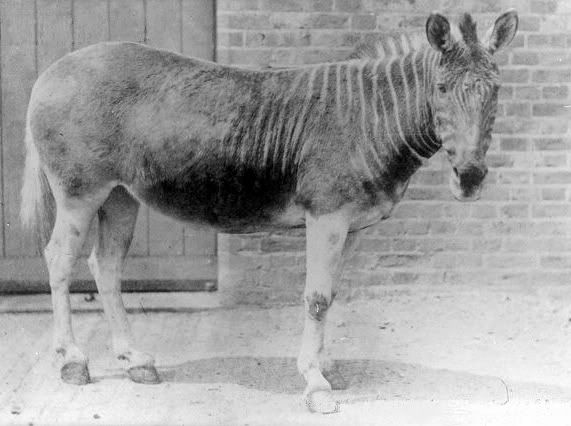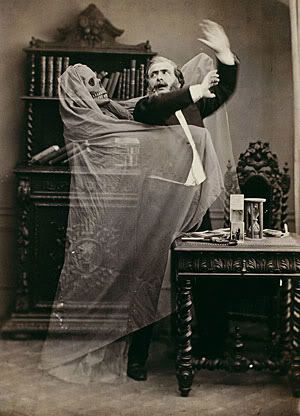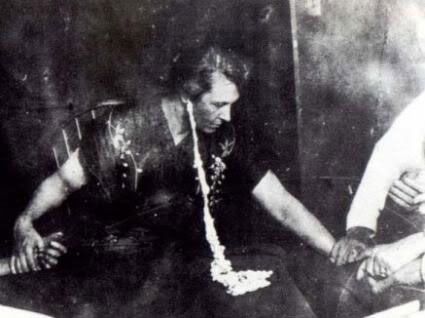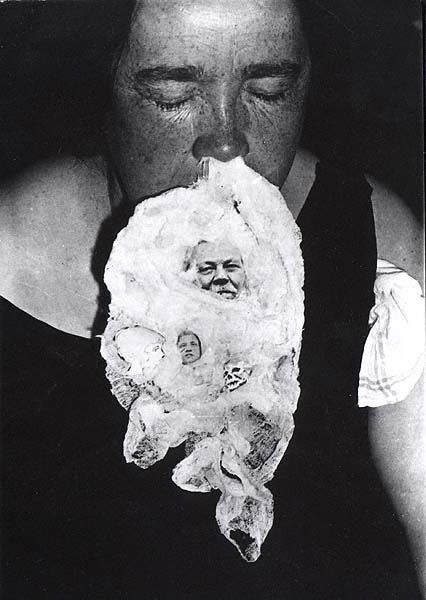Anna Leonowens, the inspiration for
The King and I, was born Anna Harriette Edwards in India in 1831. Her father, Sergeant Thomas Edwards, was a London cabinetmaker and her mother, Mary Anne Glasscott, an Anglo-Indian and daughter of a lieutenant in the Bombay Army. Anna later fabricated her heritage so to distance herself from a mixed-race past and to afford herself and her children greater opportunities. In 1849, Anna married her childhood sweetheart Thomas Leon Owens, a clerk. A few years later, the couple embarked on a journey to Australia; Anna gave birth to a son, Thomas, on board the ship
Alibi. Anna would give birth to three more children, but only two of the four survived. After moving to Singapore, her husband died of apoplexy and Anna became a teacher and established a school for the children of British officers.

In 1862, Anna accepted the position as teacher to the 39 wives/concubines and 82 children of the king of Siam in Bangkok. She served six years until the king's death. Afterwards, she wrote articles for the
Atlantic Monthly and eventually penned a two-volume memoir
The English Governess at the Siamese Court (1870) and the sequel
Romance of the Harem (1873). In her books, Anna, a feminist, focused on the subjugation of Siamese women but may have exaggerated some facts. Regardless, Anna enjoyed a lauded literary status and rubbed elbows with Oliver Wendell Holmes, Henry Wadsworth Longfellow, and Harriet Beecher Stowe. In addition to traveling as a lecturer, Anna taught at a prep school in Manhattan, continued to publish articles, and helped establish the Nova Scotia College of Art and Design. After leading a full life, Anna died at the age of 83 in Montreal.
 The King of Siam and his favorite wife.
The King of Siam and his favorite wife.





































